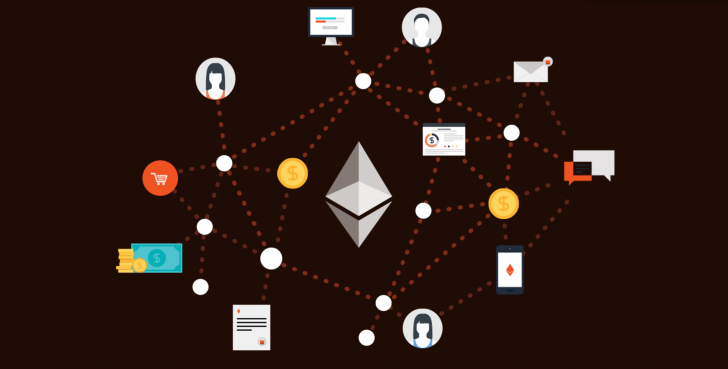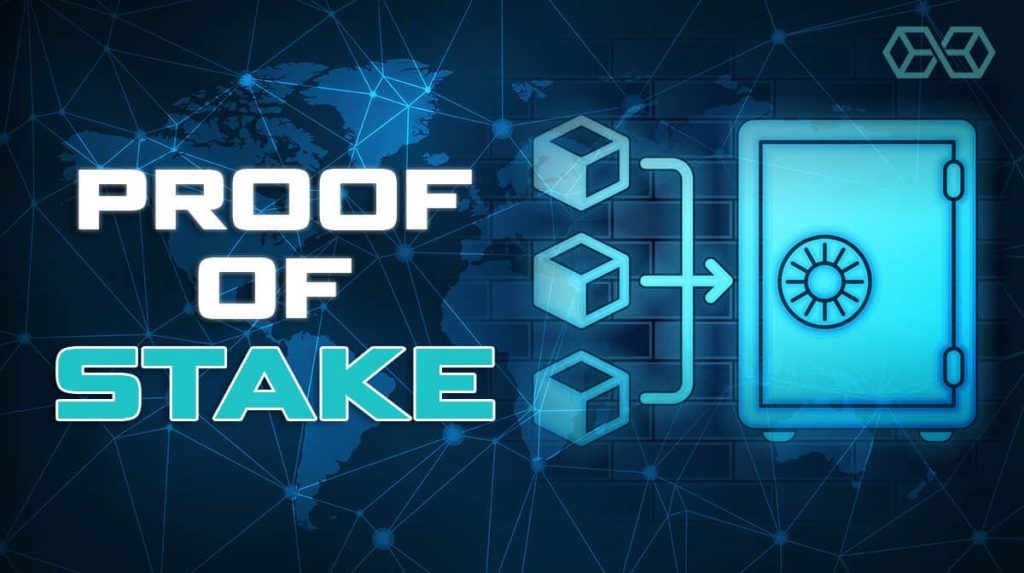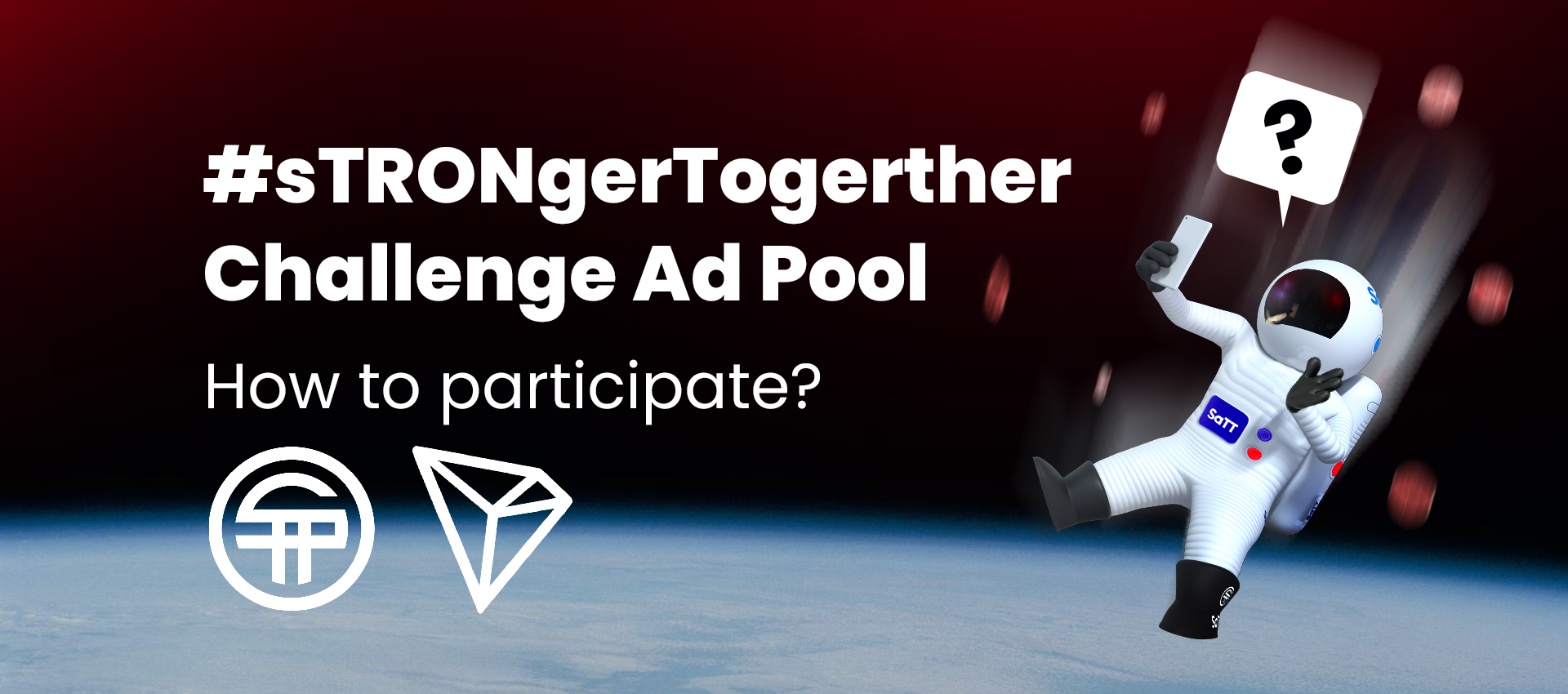
Ethereum 2.0, What’s new about Ethereum and smart-contract?
Ethereum is regarded as the most popular smart contract platform in the world and also has the 2nd most popular cryptocurrency after the Bitcoin, called Ether ($ETH). It was founded by Vitalik Buterin in November of 2013 when as a young Russian-Canadian college student at the University of Waterloo and co-founder writer for Bitcoin Magazine, he published Ethereum’s whitepaper proposing the development of the Ethereum blockchain platform that will support a generalized scripting language and the development of applications. For some time now, the development of the version of Ethereum 2.0 has been in progress.
Table of Contents
Why Ethereum 2.0?
The Ethereum smart contract is a decentralized world computer that allows for the execution of code in exchange for a fee and can be used for many other purposes like running a token sale or the distribution of loans among others. The platform also allows developers to upload applications that can be used from any part of the world to the blockchain.
Although there are thousands of applications residing on the Ethereum blockchain network, with many more seeking to build a virtual economy of the future, the platform has somewhat not been able to live up to its potential as its heavy usage has caused for transaction times to become slower and transaction fees expensive.
This has been a major challenge for Ethereum especially given the fact that there is a rise in new blockchain projects that tackle this problem. To curtail this, Ethereum plans to introduce Ethereum 2.0, an improved version of the original Ethereum that will help it retain and maintain its place as the best smart contract platform.
In an attempt to help Ethereum scale with the Ethereum 2.0, the Ethereum 2.0 will be built on a new platform that is separate from the Main Chain as opposed to building an upgrade on the existing Main Net. The Ethereum 2.0 is expected to eventually replace the Ethereum main net in the future. The two upgrades that will be introduced to the Ethereum 2.0 are Sharding and Proof of Stake.

Sharding
A blockchain is a database that is made up of a chain of blocks with each block recording a batch of transactions, each block is then linked to the next block in the chain in chronological order. This causes a massive traffic jam if there is a single blockchain on which all transaction must be recorded.
Sharding is a method where a series of side chains are created to support the workload of the main blockchain in an attempt to boost speed. This is done by dividing the blockchain’s nodes into smaller groups, known as ‘shards’, which validates different sets of transactions rather than validating the same transactions at the same time to increase the number of transactions that can be processed per second.
Although it is still a fundamentally flawed design as each sidechain or shard has its own tokens, rules, and validators which could cause complications, it is already a technique that many tech giants routinely use to expand their massive databases.
Only a few blockchain and cryptocurrency projects have been able to figure out out how to do sharding theoretically, but none has been able to implement it so far in the real world. Ethereum is widely touted as the first that will be able to do so.
Proof of Stake
Copying Bitcoin’s proof of work approach is one of the key reasons why Ethereum has not been able to scale as it is supposed to. The proof of work requires that miners compete to solve a complex cryptographic puzzle with the winner getting to write or add a new block of transactions to the blockchain while claiming the reward for doing so. This mining method requires the need for faster and faster computers, and it consumes massive amounts of electricity and takes time.

Ethereum 2.0 will ditch the proof of work consensus in favour of the proof of stake consensus which is a much faster and efficient approach. The tokens held on the Ethereum 2.0 can be likened to a lottery ticket as they offer a better chance of being chosen to add a new block to the blockchain and claiming the reward that comes with it.
Second and third-generation blockchains already successfully use the proof of stake consensus and Ethereum getting into the mix will prove to be nothing but awesome! These upgrades are meant to make the Ethereum blockchain better and will not affect any user if they decide not to switch to Ethereum 2.0.
An affair to follow!




